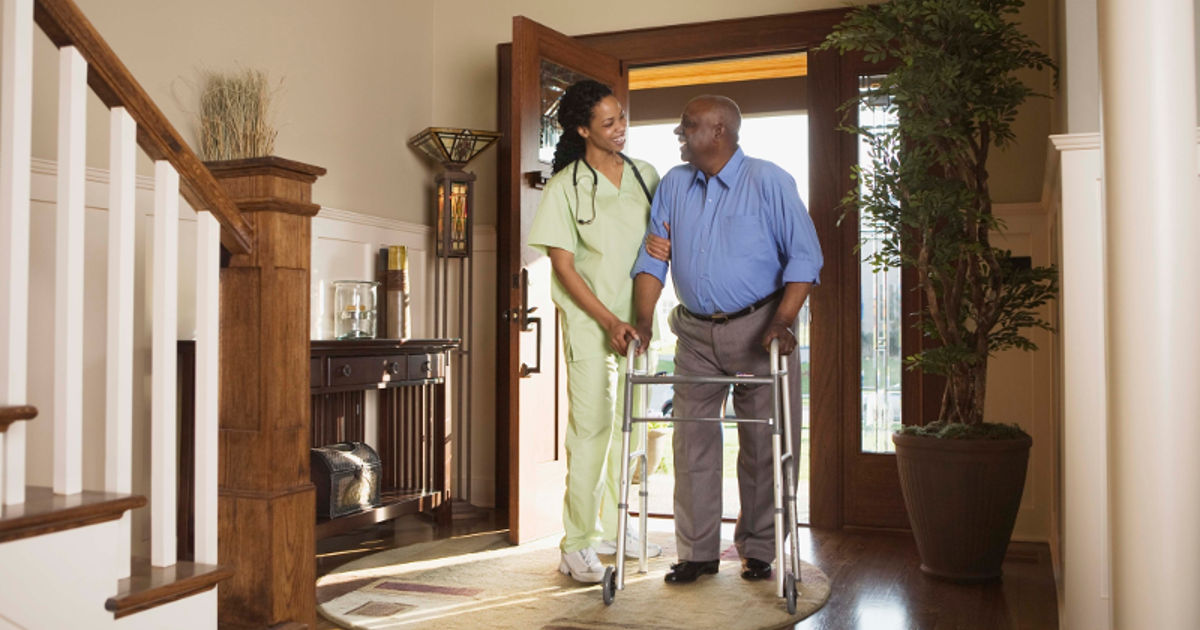How To Treat Cervical Spinal Stenosis
Cervical spinal stenosis is a condition that occurs when the spinal canal begins to narrow. The narrowing of the spinal canal oftentimes causes pain and a range of additional symptoms patients will need to find a way to handle until the condition is diagnosed and treated. When the spinal canal becomes narrower, this issue will likely compress the spinal cord as well as the nerves within this area.
The main cause of cervical spinal stenosis is changes made to the body by any kind of arthritis. Additional causes include the presence of tumors, herniated discs, and injuries such as a fracture. Along with pain, patients may experience numbness and stiffness in the back. While cervical spinal stenosis can't be completely cured, there are a variety of treatment options that can help with managing and relieving the pain.
Regular Physical Exercise

One of the best and most effective non-surgical treatments for cervical spinal stenosis is to engage in regular physical exercise. Patients can put this treatment option into practice on their own or with the assistance of a physical therapist who can alter the exercises they perform based on the exact needs their body has. The exercises used to treat spinal stenosis typically center around strength, flexibility, and balance, all of which combine to reduce pain and allow patients to complete everyday tasks without issue.
When patients attempt to improve their balance, tools like exercise balls and wobble boards can assist with this while also strengthening their core muscles. Patients can also improve their back strength and flexibility with such exercises as partial curls, leg raises, and bridges. The main benefit of using a physical therapist in combination with these exercises is they will make sure patients don't push past their limits, which could serve to aggravate cervical spinal stenosis.
Assistive Devices

When the pain caused by cervical spinal stenosis has become severe in nature, it may be difficult for patients to stand and walk, which is why they might want to consider using assistive devices to help. These devices can be everything from a walker or cane to braces. These assistive devices are commonly used by individuals with arthritis or similar conditions that can make it difficult to maintain standard movements. If the pain has reached the point where patients are unable to move well in their home, they'll definitely want to consider making use of some of these devices.
The type of brace most commonly used with cervical spinal stenosis is a back brace, which provides a substantial amount of support to the back and spine while keeping the patient comfortable. The use of a back brace allows the core muscles surrounding the spine to relax. Walkers are specifically designed to provide individuals with more stability and balance while they walk.
